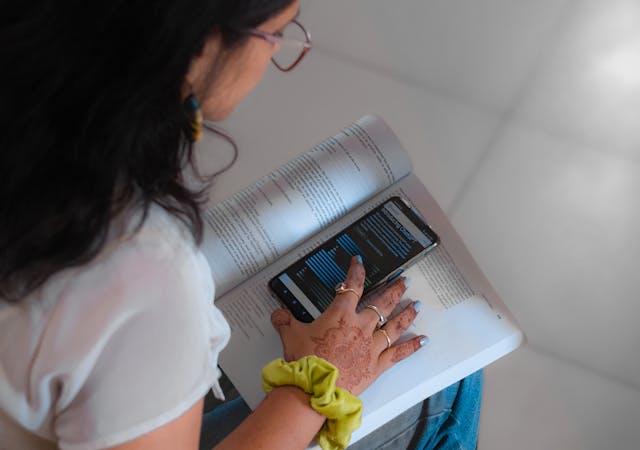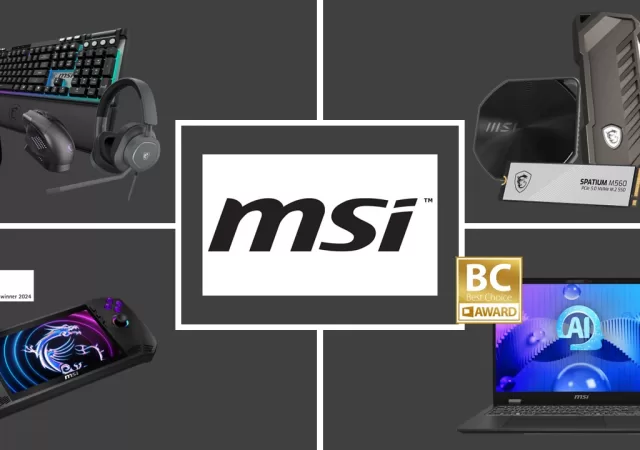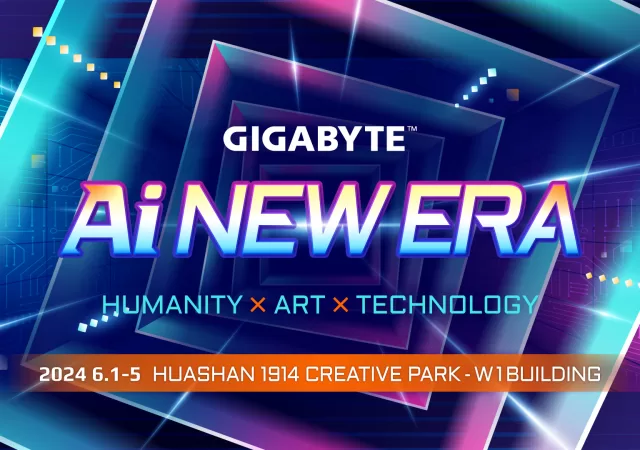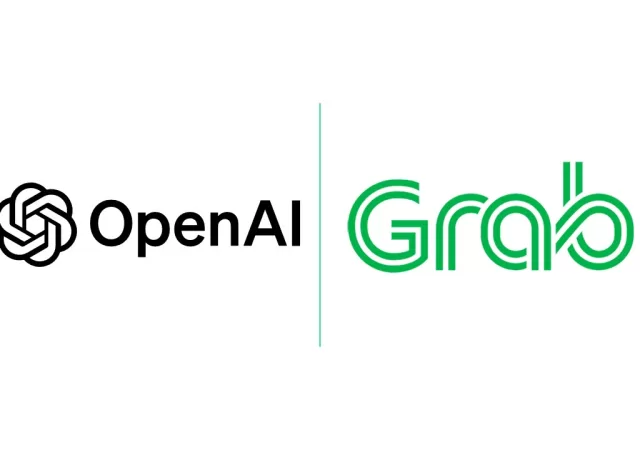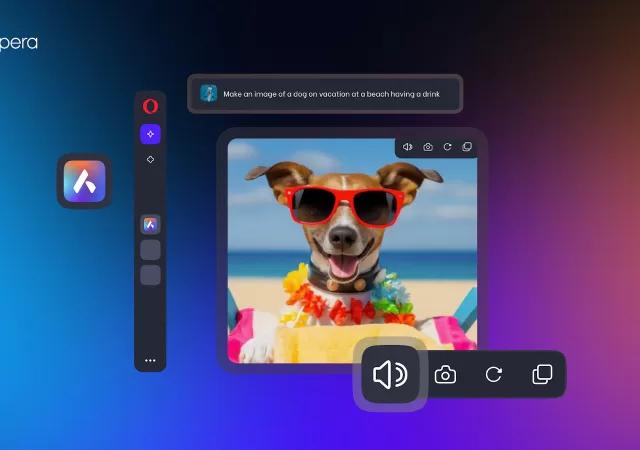OpenAI announces ChatGPT Edu, a version of its popular ChatGPT generative AI for classrooms.
MSI Gives A Sneak Peak at Its COMPUTEX 2024 Showcase
MSI teases its showcase that will be happening in COMPUTEX 2024 in Taipei Taiwan with some of its latest products.
GIGABYTE Teases “AI New Era” Exhibition at COMPUTEX 2024
GIGABYTE teases its AI Exhibition showcasing the latest it has to offer. This will be happening in Taipei, Taiwan as part of COMPUTEX 2024.
Spotify Hits the Gas on Android App Icon Fix While Stepping on the Brakes for Car Thing
Spotify is finally fixing things when it comes to its Android icon and how its handled its discontinuation of its Car Thing Accessory.
ADATA Set to Showcase Sustainable Innovations and Cutting-Edge Tech at Computex 2024
ADATA is teasing sustainable, eco-friendly products in addition to its cutting edge memory and gaming solution at COMPUTEX 2024.
AWS Announces New Thailand Region
Amazon Web Services (AWS) announces a new cloud region in Thailand together with an investment of USD$5 billion to support the country’s digital growth.
Google’s US$2 Billion Investment: A Catalyst for Malaysia’s Digital Transformation
Google invests USD$2 billion in Malaysia to setup the Malaysia Region for Google Cloud located in the Greater Region of Kuala Lumpur.
Grab & OpenAI Join Forces to Supercharge the Superapp Experience in Southeast Asia with AI
Grab and Open AI announce a partnership to enhance Southeast Asia’s largest Superapp using Open AI’s Generative AI know-how to better the user experience on the app.
Truecaller Will Allow You to Create a Personalized AI Assistant with Your Own Voice
Truecaller partners with Microsoft to bring a new level of personalisation powered by Microsoft’s Azure AI.
Opera Browser Gets AI Infusion with Google Cloud & Gemini
Opera Browser announces a partnership with Google Cloud to bring AI features to the popular web browser that run on Google’s Gemini generative AI Model.



